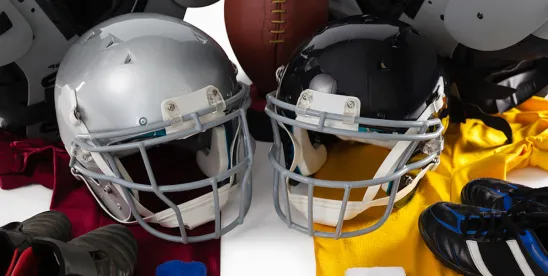On July 24, 2025, President Trump issued an executive order relating to college athletics and name, image, and likeness (NIL) payments. This order seeks to limit third-party NIL payments and require universities to preserve Olympic sports programs as they work to implement the House settlement, which permits universities to engage in direct revenue sharing contracts with their athletes. This order also aims to prevent, as stated in a published fact sheet, “endless litigation seeking to eliminate the basic rules of college sports.” The legal significance and correctness of this order, which implicates student athletes' right to contract, the anti-commandeering principle of the United States Constitution as applied to state universities, and other significant legal matters, will be hotly debated.
Regardless of this executive order's direct legal impact, however, it displays the competing policy positions and concerns at play in this area. As has been widely reported, many universities in the so-called “Power Four” conferences intend to provide a significant majority of revenue sharing funds to their football and/or men's basketball teams. These sports are the revenue drivers for most institutions and financially subsidize other programs. To defray the cost of revenue sharing, some universities have implemented or considered cuts to non-revenue-generating sports and/or various roster limits. This executive order, however, states plainly the President's intent to ensure that such Olympic sports are preserved at the collegiate level. This creates uncertainty as to how and whether universities can focus their funds on football and men's basketball, as many intend.
Perhaps most significantly for universities, this order requires that “any revenue-sharing permitted between universities and collegiate athletes should be implemented in a manner that protects women’s and non-revenue sports.” Providing a majority of revenue sharing payments to football and men's basketball players would not appear to comply with this intent. Although stated in the executive order as more of a policy goal, the major question it begs is whether the Executive Branch interprets Title IX as requiring such balanced implementation of revenue sharing payments. If so, this would absolutely prohibit any football and men's basketball-focused model and force many universities back to the revenue-sharing drawing board.
The competing policy considerations and legal issues reflected in this executive order only make the need for federal legislation in this area even more apparent. Currently, federal courts are considering issues such as college athlete employment, as well as the legality of the House settlement itself. Legal disputes relating to whether and which third-party NIL payments will be permitted and whether Title IX applies to such payments will come in the near future. This executive order attempts to resolve these issues with a priority on protecting women's and Olympic college sports programs. However, aside from additional litigation this order might invite, doing so could threaten the projected financial model for college football and men's basketball. The only manner to definitively establish law and policy around these questions is through federal law.
In these uncertain times, universities require partners who can assist them with not only fighting and interpreting legal matters, but also with shaping the legal landscape itself. To the extent universities wish to advocate for a future in which they can financially prioritize certain sports or avoid apparent legal problems, they must be prepared to actively engage in the federal legislative process to make their interests known. Otherwise, as discussed in the executive order, “the basic rules of college sports” will be decided around them.
SAVING COLLEGE SPORTS: Today, President Donald J. Trump signed an Executive Order to protect student-athletes and collegiate athletic scholarships and opportunities, including in Olympic and non-revenue programs, and the unique American institution of college sports.




 />i
/>i

